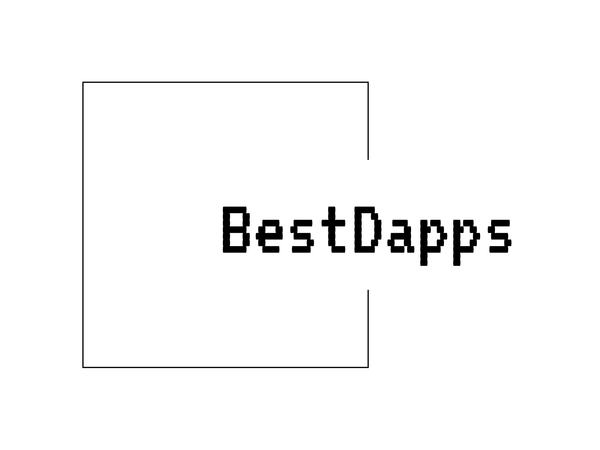
Top Critiques Facing Injective Protocol (INJ)
Share
Biggest Criticisms of INJ
INJ (Injective Protocol) has made a name for itself primarily for enabling cross-chain DeFi solutions and decentralized trading with a high throughput structure. Despite its notable features, the asset has faced various criticisms from users, developers, and industry experts. Below are some of the biggest criticisms frequently associated with INJ.
1. Centralization Concerns
One of the recurring criticisms of INJ revolves around its degree of decentralization. While the protocol describes itself as decentralized, skeptics argue that the governance structure is still relatively centralized. A significant amount of decision-making power appears to rest with a limited number of participants, including initial stakeholders who maintain considerable influence over platform upgrades and decisions. This centralization contest is a point of contention for enthusiasts who believe true decentralization should minimize or eliminate central authorities.
2. Complexity of Cross-Chain Capabilities
INJ prides itself on offering cross-chain functionalities, allowing seamless interoperability between different blockchains. However, critics argue that this adds an additional layer of complexity. Developers and users with limited technical expertise may find it challenging to interact with the protocol, leading to errors, inefficiencies, and decreased user adoption. The argument is that while cross-chain capabilities are impressive on paper, the steep learning curve could hinder widespread participation.
3. Regulatory Uncertainty
Like many crypto assets, INJ operates within a regulatory gray area. The project’s tokenomics and on-chain derivatives offerings may come under future regulatory scrutiny, particularly in jurisdictions with stringent cryptocurrency laws. INJ's operations in decentralized trading of derivatives and financial instruments could potentially put it under the spotlight of regulatory bodies. Critics express concern that heavy regulatory pressure could negatively impact the protocol—whether through fines, restrictions, or legal barriers.
4. Competition-Heavy DeFi Space
The decentralized finance (DeFi) sector is highly competitive, and some argue that INJ doesn’t stand out enough in this crowded space. There are numerous projects offering similar or superior products across different blockchain ecosystems. Critics point out that despite the platform’s claims of high throughput and seamless trading, the niche it aims to occupy is already being filled by other established DeFi platforms. The concern is that unless INJ can offer tangible, distinctive advantages over competitors, it risks being overshadowed.
5. Scalability and Network Congestion
Though INJ boasts high speed and handling of substantial transaction volumes, some users report concerns about scalability. As the network grows and more transactions are processed, there is an ongoing debate about whether it can avoid congestion issues typically seen in other blockchain platforms. Critics argue that INJ may eventually encounter bottlenecks in terms of scalability if its user base expands dramatically without implementing more robust, far-reaching technological improvements.
